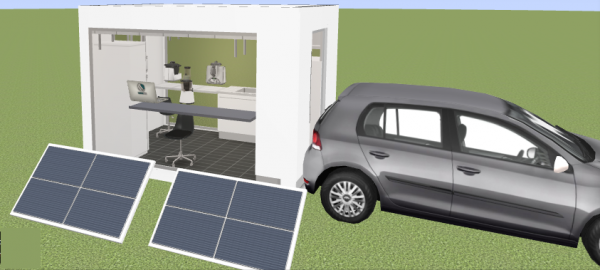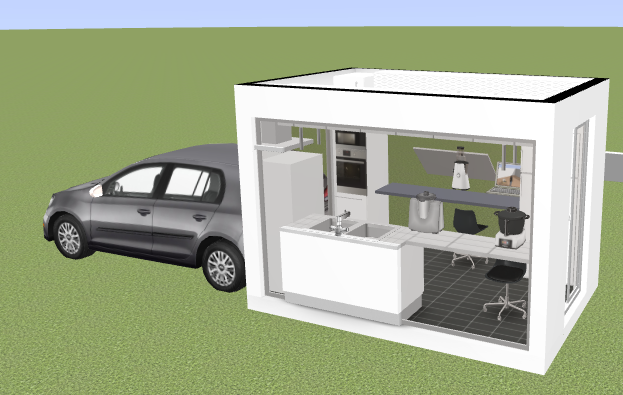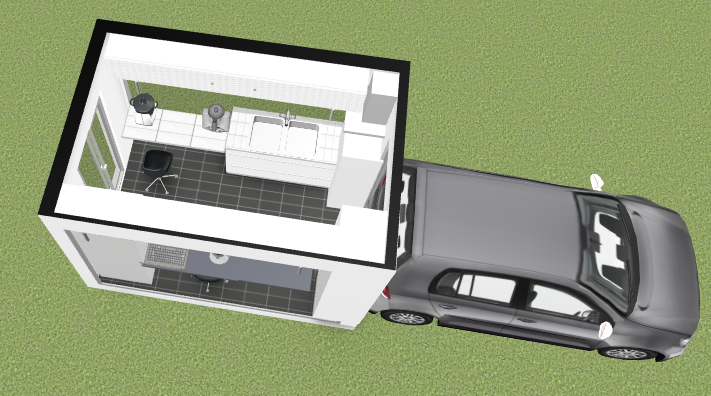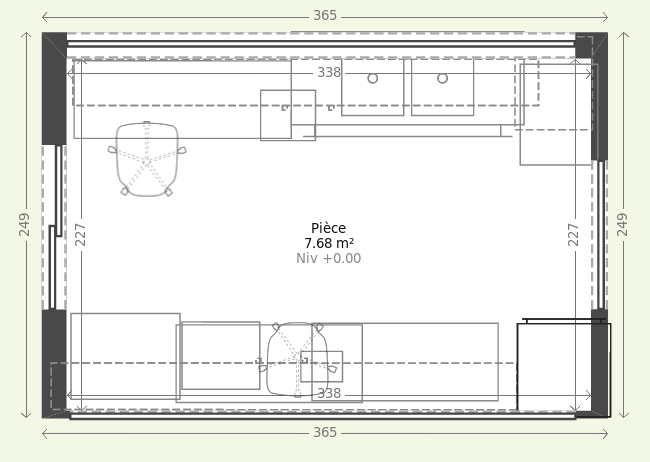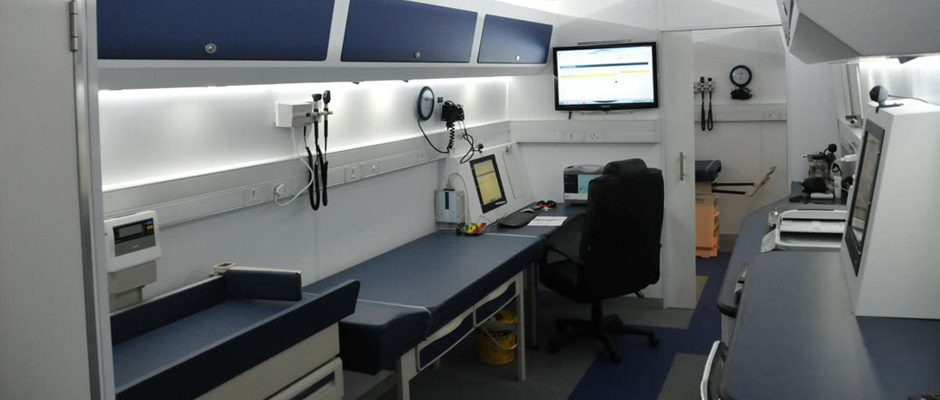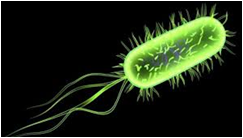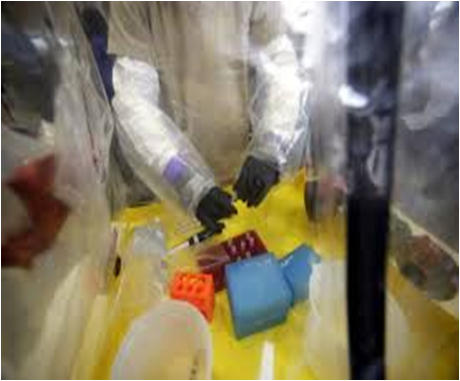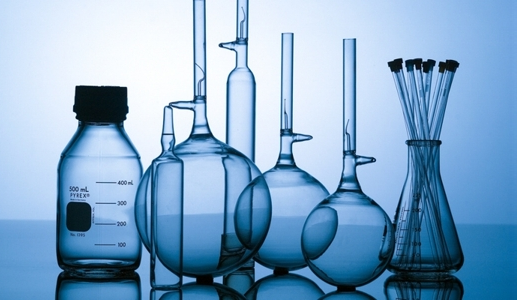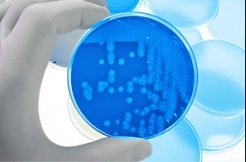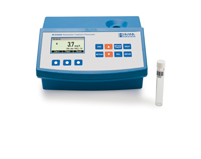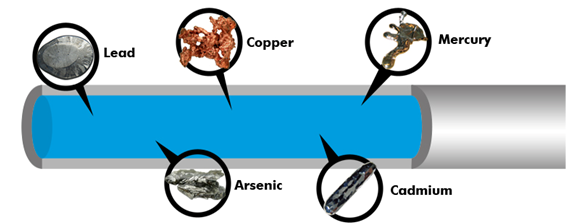Mobile labs PROJECT PROPOSAL
Oceanlab
Nowadays, given the current state of things, it seems obvious that everyone has to worry about the things they eat or drink.
All our natural resources are threatened and already badly damaged.
A large majority of people realize that the impact of the rapid evolution of our comfort, of our industries, in a more and more materialistic world boosted by the yield, with strong negative impacts on our environment of life, and even, on all the life that lives on this planet.
Checking what is ingested becomes almost a necessity if we want to protect our lives and those of our loved ones.
This mobile laboratory project is a simple and inexpensive tool of control open to the needs of all, citizens and industrialists.
It is developed as a powerful prevention and intervention tool for any risk of contamination of air or water, wherever in the world.
Its energy self-sufficiency with solar panels and a portable mini-wind turbine would allow it to remain stationed in non-electrified areas or in a state of natural disasters.
Its technical operation is simplified and focused on:
– the phisico-chemical quality of the water (BOD, COD, TDS etc);
– the presence or absence of bacteria or viruses by microscopic observations;
– cultivation for microbiological identification;
– the presence of heavy metals (mercury, cadmium, arsenic, etc.);
– the point or continuous measurement of the quality of the air (particles, Cox, Nox ..);
TABLE DES MATIÈRES
Introduction ————————————————- ————————————– 2
Materials and Protocols of Analysis ——————————————– ————– 4
2.1. Physico-chemical variables: protocols and materials ———————– 4
2.1.1. BOD (Biochemical Oxygen Demand) —————————————— —— 4
2.1.1.1 Principle of its analysis ——————————————- 4 ———————————
2.1.1.2 necessary materials ——————————————— ——————————– 5
2.1.1.3 Operational protocol ——————————————— ———————————– 5
2.1.2. COD (Chemical Oxygen Demand) —————————————— ———- 6
2.1.3. TDS (total dissolved solids) ——————————————- ———————- 7
2.1.4. The classical parameters: pH, temperature, and conductivity ——————————- 8
2.1.5. Highlighting heavy metals ——————————————– —————– 8
2.2. Microscopic and bacteriological observations ———————————– 8
2.2.1 Microscope and 3D camera ——————————————- —————————– 8
2 .2.2 Applications: example of bioindicators: diatoms ———————————– 8
2.3. Microbiological culture ———————————————- ———- 9
2.4. Measurement and analysis of air quality —————————————- 9 ——–
2.5. 3D graphic representation of the mobile laboratory —————————- 10
Power supply ———————————————— ———————– 11
3.1. Solar panels ———————————————— ————— 11
3.2. Portable mini wind turbine ———————————————– ——– 12
3.3. Rechargeable spare batteries + generator ———— 12
Detailed raw material costs ———————————————- —————— 13
4.1. Skeleton Part ———————————————— ————————– 13
4.2. Preparation of the inner base ——————————————— —— 13
4.3. Laboratory equipment part ———————————————- ——— 13
4.4. Computer Science ————————————————- —————————- 13
4.5. Energy ————————————————- ———————————— 13
4.6. Oceanlab service ———————————————— ——————- 13
Financial aspects: market value and capitalization ——- –14
5.1. Marketing Product ———————————————— ———————- 14
5.2. Using the lab for private purposes —————————————– 15
Estimate prices for one-off and hourly services ———————————– 14
Benefits and return on investments. ————————————————– — 15
Create an NGO ———————————————– ——————————– 15
5.4 Financing and shareholders ———————————————- ———- 15

